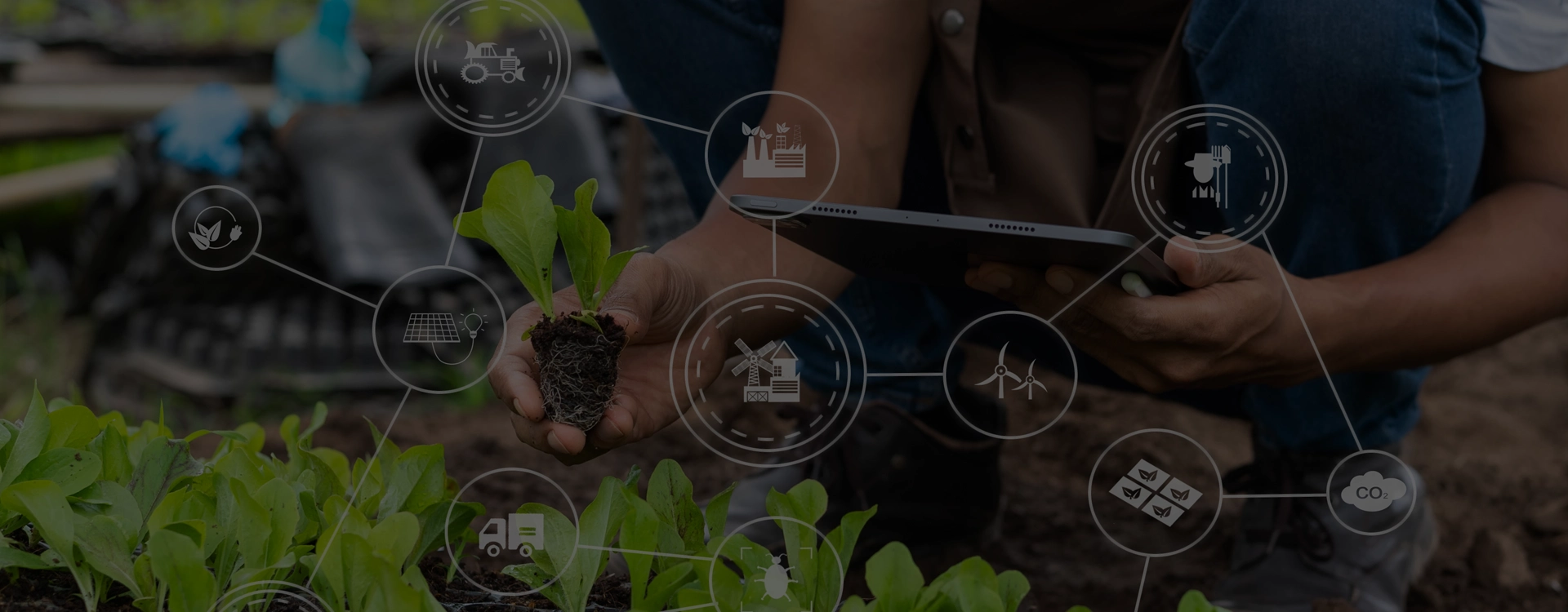

Innovation and productivity in the agricultural sector
Between soils and markets: the journey of agricultural products
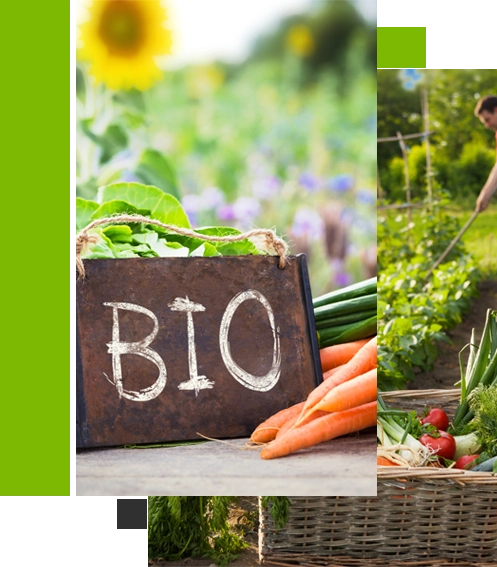

The evolution of agricultural models
New agricultural practices serving the environment
Faced with environmental challenges and growing consumer expectations, more and more farmers are adopting practices that respect ecosystems. Sustainable agriculture aims to preserve natural resources while maintaining economically viable production, notably by reducing the use of chemicals, promoting crop rotation, and enhancing biodiversity.
Organic farming, on the other hand, imposes strict specifications excluding synthetic pesticides and GMOs. These approaches, although still a minority worldwide, are experiencing steady growth, supported by public policies, recognized labels, and increased demand for healthy, local products.

Optimizing the soil for better crops

Diversifying and enriching
crops

Controlling water
in the field

Nourishing soils
sustainably

Agricultural equipment
Agricultural mechanics at the service of farms
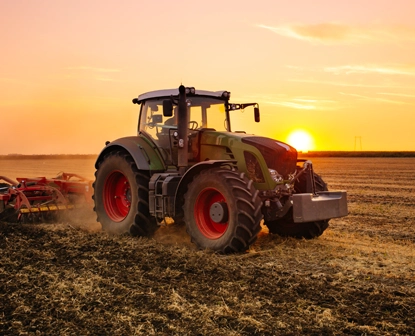
Farm tractor
The farm tractor is an essential, versatile machine that can pull and operate various farm implements.
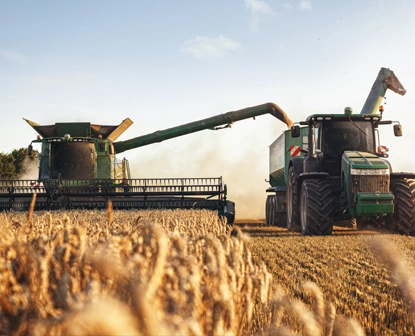
Combine harvester
The combine harvester ensures fast and efficient grain harvesting by combining cutting and threshing.
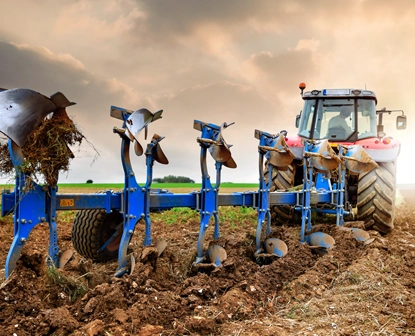
Plow
The plow is used to turn the soil deeply to prepare the ground before sowing, ensuring better seed growth.

Understanding bioagriculture
Towards sustainable agriculture
Bioagriculture is based on agricultural practices that respect natural balances and aim to limit the negative impact on ecosystems. By avoiding the use of chemical pesticides and synthetic fertilizers, it promotes soil health, biodiversity, and water quality. Techniques such as crop rotation, composting, and biological control help maintain fertile and vibrant soil.

Livestock sector
Main types of livestock farming
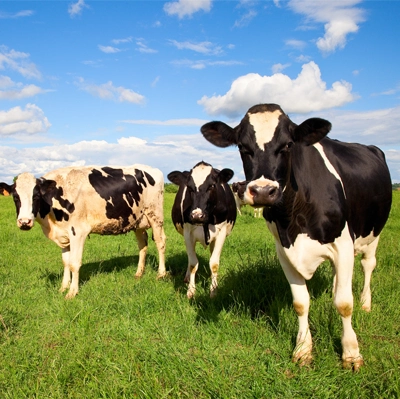
Cattle, Sheep, and Goat Farming
Farming of large ruminants often for the production of meat, milk, or wool, with practices adapted to each species.
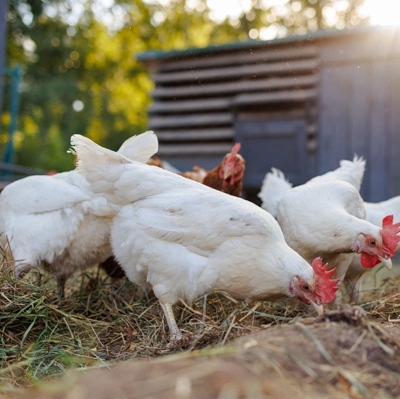
Poultry farming
Farming of poultry (chickens, turkeys, ducks, etc.) for the production of eggs, meat, or feathers, in intensive or extensive systems.
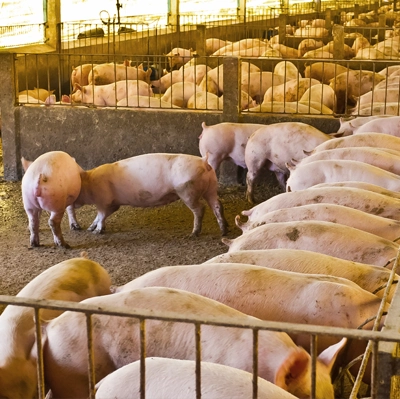
Pig farming
Farming of pigs primarily for meat production, often in intensive farming with strict biosecurity standards.

A sustainable response to food challenges
Agricultural relocation and short supply chains
Faced with the challenges posed by globalization and the distance between producers and consumers, short supply chains are developing rapidly. They promote direct sales or sales with a limited number of intermediaries, thus strengthening the relationship between farmers and customers. This approach reduces transportation costs, limits the carbon footprint, and promotes local products, often perceived as fresher and of higher quality.

Precision agriculture
Through the use of GPS, drones, sensors, and data analysis systems, this technology allows for precise adaptation of operations (seeding, fertilization, irrigation) to each area of the field, optimizing yields and limiting inputs.

Autonomous agricultural machinery
Autonomous tractors, harvesters, or agricultural robots, equipped with artificial intelligence, can perform complex tasks without human intervention, increasing productivity while reducing labor intensity.
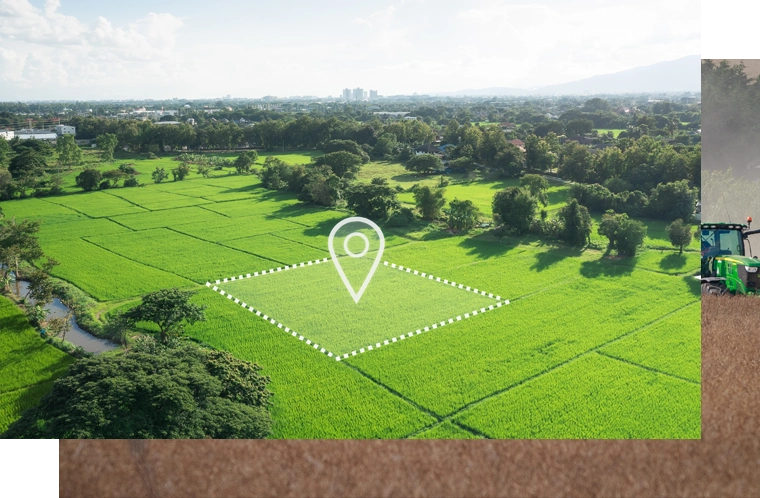

From field to orchard
The various types of agricultural crops
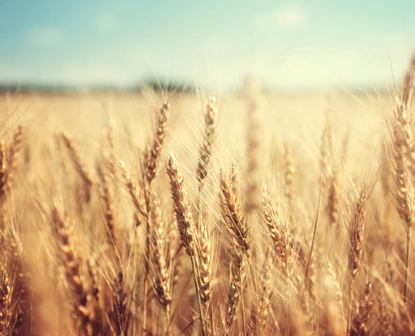
Cereal farming
Production of grains such as wheat, corn, barley, and rice, primarily intended for human and animal consumption.
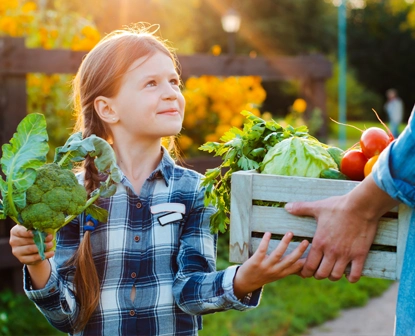
Market gardening
Production of fresh vegetables such as tomatoes, carrots, and lettuce, often grown in open fields or greenhouses.
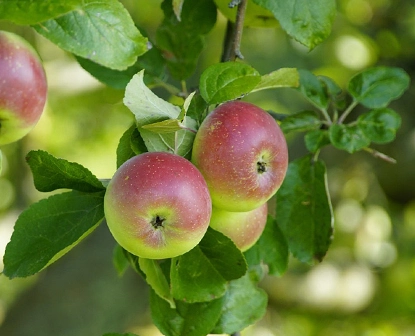
Fruit farming
Production of fruit (apples, grapes, citrus fruits, strawberries) on trees or shrubs, often in orchards or vineyards.
